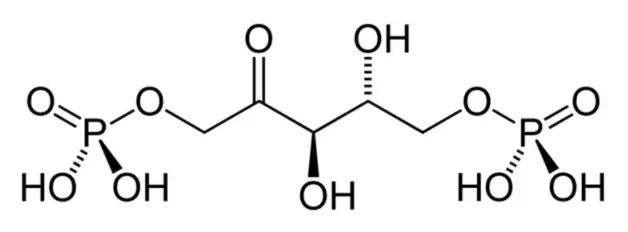Here is the answer and explanation to Carbon fixation involves the addition of carbon dioxide to what? It’s collected as one question of the MCAT biology practice test.
Carbon fixation involves the addition of carbon dioxide to _.
When Carbon fixation, Carbon fixation involves the addition of carbon dioxide to what?
- Rubisco
- NADPH
- RuBP
Correct Answer
Below is the correct answer to carbon fixation involves the addition of carbon dioxide to what:
Carbon fixation involves the addition of carbon dioxide to RuBP.
Carbon fixation
The carbon fixation reaction is a cyclic reaction that continuously consumes ATP and NADPH and fixes CO2 to form glucose, also known as the Calvin cycle.
The carbon fixation reaction begins in the chloroplast stroma and ends in the cytoplasmic stroma.
The C3 pathway is also known as the Calvin cycle, where the CO2 receptor is RuBP and the initial product is 3-phosphoglyceric acid (PGA).
C4pathway: Also known as the Hatch-Slack pathway, the CO2 receptor is PEP and the initial product is oxaloacetate (OAA).
In the carbon fixation phase, green leaves take in CO2 from the outside through stomata, which cannot be directly reduced by reducing hydrogen. It must first be combined with C5 in the plant, a process called carbon dioxide fixation.
One carbon dioxide molecule is immobilized by one C5 molecule and soon two C3 molecules are formed. Catalyzed by the relevant enzymes, C3 receives the energy released by ATP and is reduced by reducing hydrogen.
There are five main carbon sequestration pathways in nature.
- Calvin cycle (CBB)
- Reduced tricarboxylic acid cycle (rTCA)
- Reduced acetyl coenzyme A pathway (W-L cycle)
- 3-Hydroxypropionic acid/4-hydroxybutyric acid (3HP/4HB)
- 3-Hydroxypropionic acid, dicarboxylic acid/4-hydroxybutyric acid (DC/4HB)
The most common CO2 fixation pathway is the Calvin cycle. It is widespread in green phytoplankton, cyanobacteria, algae, purple bacteria, and some Aspergillus phyla. This carbon fixation pathway is also the least efficient in terms of energy use.
Rubisco
Ribulose-1,5-bisphosphate carboxylase/oxygenase is an enzyme with a molecular weight of about 530 kD. It consists of 8 large subunits and 8 small subunits and is a key enzyme in photosynthesis that determines the rate of carbon assimilation, as well as in plant photorespiration.
Ribulose has an important role in photosynthesis. It uses solar energy to fix carbon dioxide in the air and form carbohydrates to sustain the plant body. Of course it is also a source of energy for animals.
Biological significance
Ribulose is biologically important. Ribulose is the most abundant protein in plant leaves, and probably the most abundant protein on earth.
Given its importance to the biosphere, efforts are underway to improve the function of Ribulose in nature.
RuBisCo is an important carboxylase in the C3 carbon reaction of photosynthesis and an indispensable oxygenating enzyme in photorespiration. It catalyzes the first major carbon fixation reaction in the Calvin cycle of photosynthesis, converting free atmospheric carbon dioxide into energy-storing molecules in the organism, such as sucrose molecules.
RuBP
Ribulose-1,5-bisphosphate, abbreviated as RuBP, is a five-carbon sugar that plays an important role in the Calvin cycle of photosynthesis.

Enzymes in the plant use RuBP as a substrate to fix carbon dioxide and produce a six-carbon phosphate. This highly unstable intermediate is eventually broken down into two molecules of glycerol 3 phosphate.
The main roles of RuBP
After electron transfer and coupled phosphorylation, the high-energy compounds ATP and NADPH are produced. However, a carbon reaction stage must also be passed to convert the active chemical energy into stable chemical energy that is stored in the organic matter.
And the ultimate goal of carbon assimilation is to reduce atmospheric CO2 to sugars.
From 1946 to 1953, Calvin and Benson systematically elucidated the pathway of carbon assimilation in photosynthesis using Chlorella as the raw material and 14C markers.
The whole CO2 assimilation process can be divided into three stages: carboxylation, reduction, and regeneration. Since the reaction is cyclic, it is called the Calvin cycle.
You might interest in:
 MCAT hub Find Best Medical Schools, PA Schools, PA Programs: Acceptance Rate, Admissions Requirements, Tuition, MCAT scores, GPA, Ranking.
MCAT hub Find Best Medical Schools, PA Schools, PA Programs: Acceptance Rate, Admissions Requirements, Tuition, MCAT scores, GPA, Ranking.